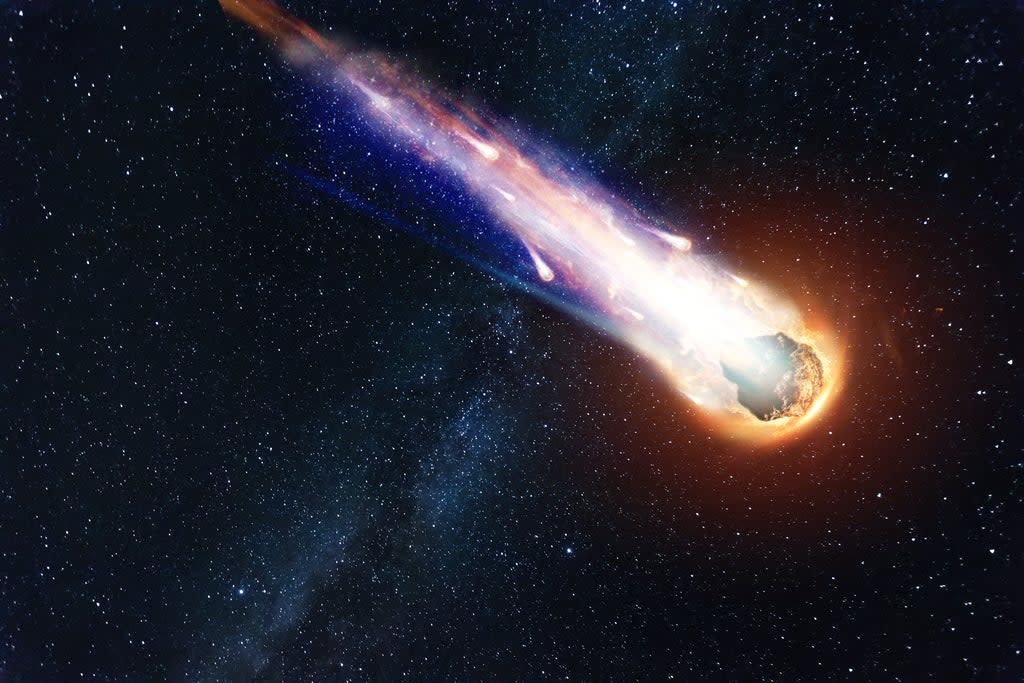China plans to alter orbit of dangerous asteroids with new planetary defence technology

China is building a new asteroid monitoring defense system to be tested as soon as 2025.
A new report from the state-backed Global Times details the new system that could track asteroids and attempt to change their orbit.
Wu Yanhua, deputy director of the China National Space Administration, described how the ground- and space-based warning system will catalogue asteroids that could pose a threat to Earth. Eventually, the CNSA would be able to detect an Earth-threatening asteroid and send a craft to divert it.
However, the project remains in its early stages and is reportedly being “reviewed for approval”. The United States and Russia are also building similar systems.
China will reportedly require a carrier rocket with a huge amount of thrust to have its asteroid mission be a success, experts suggested, and that such events are to be expected.
"By looking at the impact craters of various sizes on the moon, it is obvious that asteroid impact is not that unusual or unrealistic for us mankind," Li Mingtao, professor at the National Space Science Center under the Chinese Academy of Sciences, told the Global Times.
This is not the first time that China has planned to use rockets to divert asteroids. In June last year, researchers from the CNSA proposed launching 23 Long March 5 rockets to practise diverting space debris from hitting Earth, based on simulations conducted to protect the planet.
The probability of an asteroid colliding with Earth is low but one, the 78 billion kilogram Bennu, has been targeted for investigation.
Bennu is classified as a B-type asteroid, which means it contains a lot of carbon along with various other minerals, formed over 4.5 billion years ago. As a primordial artefact that has been preserved by the vacuum of space, the asteroid could contain molecules that developed when life was first evolving on Earth. It might also, ironically, be the end of life on Earth.
Between 2175 and 2199, Bennu will come within 7.5 million kilometres of Earth’s orbit and will be classified as potentially hazardous. Although the chance that Bennu will impact Earth is only 1-in-2700, that risk is still enough to concern scientists due to the amount of destruction the asteroid could cause.
In November, Nasa also launched its Dart mission that aimed a rocket at a moonlet called Dimorphos to test nudging a larger asteroid off Earth’s path. “We don’t want to be in a situation where an asteroid is headed toward Earth and then have to be testing this kind of capability,” Nasa planetary defense officer Lindley Johnson said at the time.

